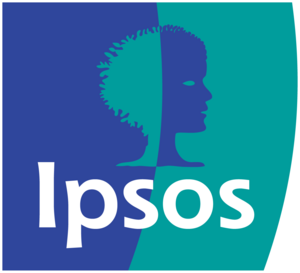Young people ‘easily duped’ by sponsored content
A group of academics at Stanford University analysed nearly 8,000 responses from students attending middle school, high school and college across 12 US States and found that while most were able to identify traditional banner ads, 82% of middle schoolers weren't able to distinguish between a news article and native advertising (labelled as ‘sponsored content').
According to the report, Evaluating Information: the cornerstone of civic online reasoning, some young people noted that the content was sponsored but maintained their belief that it was a news article, suggesting that they may not have an idea of what sponsored content actually means.
Similarly when asked to gauge the trustworthiness of pictures shared on photo-sharing sites, only a small number questioned the source of the post. Similar patterns were found across other social media sites, and with older students.
'Overall, young people’s ability to reason about the information on the internet can be summed up in one word: bleak,’ the report said.
'Our ‘digital natives’ may be able to flit between Facebook and Twitter while simultaneously uploading a selfie to Instagram and texting a friend.
'But when it comes to evaluating information that flows through social media channels, they are easily duped.'

We hope you enjoyed this article.
Research Live is published by MRS.
The Market Research Society (MRS) exists to promote and protect the research sector, showcasing how research delivers impact for businesses and government.
Members of MRS enjoy many benefits including tailoured policy guidance, discounts on training and conferences, and access to member-only content.
For example, there's an archive of winning case studies from over a decade of MRS Awards.
Find out more about the benefits of joining MRS here.











0 Comments